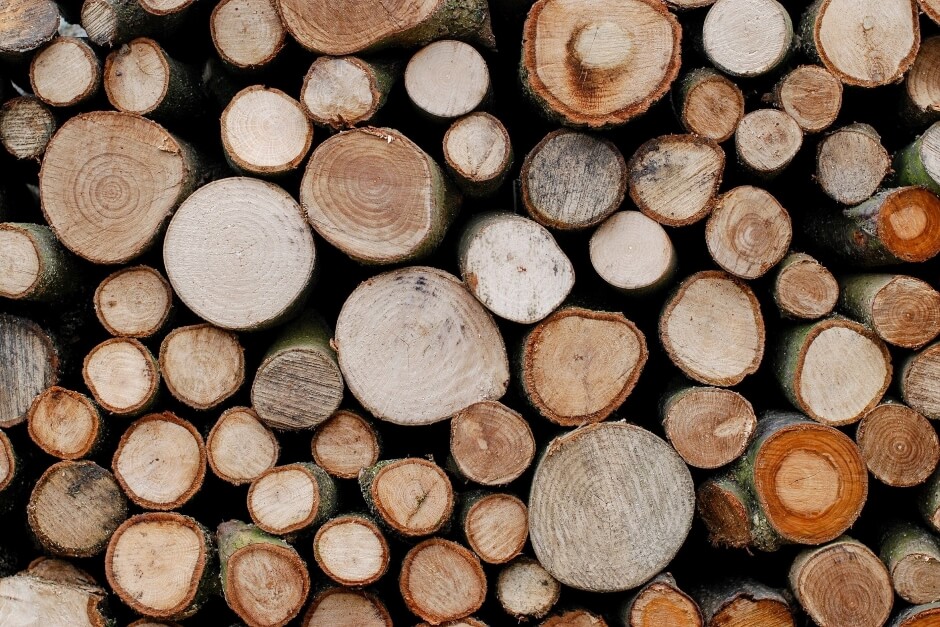4 Modular Construction Products and the Pros and Cons of Each
 Marissa Morin | Jan 19, 2022
Marissa Morin | Jan 19, 2022

Modular construction – a building method that continues to revolutionize the construction industry – is “a process in which a building is constructed off-site, under controlled plant conditions,” according to the Modular Building Institute (MBI). The MBI goes on to explain how in many cases, modular construction is more environmentally friendly, faster, and safer than traditional construction. Modular construction products, such as wood, steel, modified shipping containers, and concrete, are utilized to create the elements that come together to form a building. Here are the pros and cons of each option.
Modular Construction Product Types:
1. Wood

Pros:
Carpenters began building with wood in the Stone Age. Today, wood is still a frequently used building material for construction, likely because of its many benefits. In fact, wood is one of the most cost-efficient, durable, and versatile modular construction products. It’s a great insulator and gains strength when it dries out due to heat. Prefabrication can help minimize wood waste since whatever isn’t used for one modular project can just be used for the next.
Cons:
Wood is more vulnerable to water damage than other building materials. Additionally, it’s highly combustible and may not be ideal for certain fire-rated applications. Wood can also decay and attract termites, but keeping a building well maintained will help prevent unwanted changes to the wood.
2. Steel and Aluminum

Pros:
Steel is very strong, that’s why it’s used for skyscrapers across the world. Although a direct comparison to wood puts steel as one of the more expensive construction materials, it becomes more economical when a large volume of steel is needed to build a structure quickly – like the skyscraper example. Unlike wood, steel is non-combustible and can survive harsh weather conditions more easily.
Cons:
Although steel can withstand severe weather, it’s still susceptible to corrosion, but measures taken to weather the material – adding a finish that forms a textured surface, resistant to corrosion – can help to minimize the chances of environmental harm. Steel is also susceptible to buckling when compression deforms the shape of the material. Expert engineers and designers can better avoid situations where the steel might deform. Overall, one of the most significant disadvantages to steel is that it requires more upfront cost, but as stated above, steel can often result in long-term savings depending on the project.
3. Shipping Containers

Pros:
Shipping containers have galvanized steel walls and wood floorboards that create the enclosed, modular unit, making them great modular construction products. Manufacturers modify shipping containers into structures for living, working, and more. Then, set up crews can easily stack the containers or combine them into larger structures to create buildings. Overall, containers are extremely durable since they’re built to withstand long periods of time at sea, they’re environmentally friendly because manufacturers repurpose them from cargo boxes, and they’re easy to transport on the bed of a truck.
Cons:
Building with modified shipping containers is still a rather new approach to modular construction, resulting in fewer experienced manufacturers and inconsistent permitting requirements – but that’s quickly changing as the industry evolves. Additionally, shipping containers come in defined sizes which minimizes design flexibility. Designers and engineers must work within the parameters of the set sizes of containers, unlike other modular building products.
4. Concrete

Pros:
Concrete is another popular building material. In modular construction, work crews use concrete to create walls and roofs from concrete masonry units (CMUs) or precast concrete. The benefits of concrete are that it resists insects, rotting, and fire and is also incredibly strong. It can often withstand severe weather and wind conditions, holding its shape for many years.
Cons:
Unfortunately, concrete is often more expensive than other building materials, and it’s heavy, making it difficult to transport. Concrete has limited versatility, and it can take longer to build with, so it may not be ideal for every modular construction project.
Conclusion
There is no perfect choice when it comes to choosing a construction material for modular building. Each material comes with its own collection of benefits and disadvantages, often overlapping the pros and cons of other building materials. Choosing the right product for your project will boil down to your budget and your priorities for the project. If you want an aesthetically pleasing building, you might want to consider something unique like shipping containers instead of concrete. If you want better fire resistance, you might want metal or concrete instead of wood. The comparisons go on.
If you’d like to learn more about modular construction with shipping containers (our specialty), don’t hesitate to give us a call. We’ll shine some light on the practicality of containers for your project. Reach a Falcon representative at 877-704-0177 or email us at Sales@FalconStructures.com.
SUBSCRIBE
- Shipping Container Modifications
- How-Tos
- Workspace
- Commercial Construction
- Multi-Container Buildings
- Storage Solutions
- Industrial Enclosures
- Bathrooms & Locker Rooms
- Oil & Gas
- Climate Control
- Green Building
- Living Space
- Industry Insight
- Military & Training Facilities
- Water Treatment Solutions
- Energy
THINK INSIDE THE BOX®
WITH OUR BLOG
Get everything from shipping container basics, to detailed how-tos and industry news in our weekly blog. Stay inspired and subscribe!
RELATED BLOGS

Steel Frames vs. Wood Frames: Pros, Cons, & Shipping Containers
Marissa Morin | Feb 10, 2021 | 3 min read
READ MORE

Safety in Construction: Ensuring Your Team is Well Equipped
Marissa Morin | Apr 27, 2022 | 3 min read
READ MORE

What Is Offsite Shipping Container Construction & Why Is It Important?
Marissa Morin | Apr 20, 2022 | 2 min read
READ MORE
